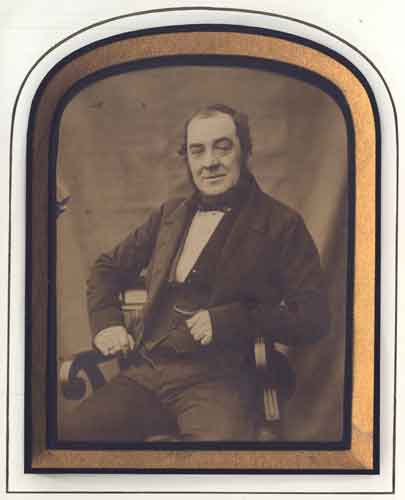1840 - 1860

Russell Sedgfield
James Howes
Albumen print, 1850s
[Norfolk County Council Library and Information Service]
Examination of the 1851 Census and various 1850s Norwich Directories reveal a James Howes living and working in Castle Street (Back of the Inns1), Norwich, as a copper-plate and letter press printer and bookbinder employing three men. It seems likely that this is the photographer especially as some of the prints he exhibited in the 1850s had associations with the printing trade; namely copies of prints2 and a nature print3.
In 1852, Howes exhibited a single photograph (No. 166 ‘Photograph, collodium [sic] process’) in the Third Exhibition of the Norfolk and Norwich Association for the Promotion of the Fine Arts at the Artists’ Room, Exchange Street in Norwich.
In 1853, he showed seven photographs at the Fourth exhibition of the Government School of Design, held at their Gallery, St Andrew's, Broad Street, Norwich.
| No. | Title |
| 154 | Collodion picture - at Heigham |
| 155 | Collodion copy of a print - Labour |
| 156 | Ditto Portrait |
| 157 | Collodion picture - at Heigham |
| 158 | Ditto copy of a print - Rest |
| 159 | Ditto |
| 160 | Collodion picture - at Heigham |
In December 1855, he contributed to the discussion at the monthly meeting4 of the Norwich Photographic Society.
‘A reflecting stereoscope upon Professor Wheatstone’s principal, the common refraction stereoscope of Sir David Brewster, and a travelling camera for taking two stereoscopic pictures upon one plate of glass, were placed upon the table by Mr. James Howes in further elucidation of the subject.
Mr. Howes also produced some collodion films removed from the glass by the plan lately patented by Mr Archer. Mr Howes, however, had used naptha instead benzole in making his gutta percha solution. Some of these films he had succeeded in attaching to thin paper by a process of his own, thereby rendering them less liable to injury.’
Howes was a committee member of the Norwich Photographic Society in 1856 and 1857 and in the Society’s 1856 exhibition of he showed:
| No. | Title | |
| 158 | Portraits | Collodion |
| 162 | Portraits | Collodion |
| 208 | Attention, a portrait | Collodion |
| 335 | Dead Game | Wax |
| 336 | Great Yarmouth Charters | Collodion |
| 338 | Hare’s Foot Fern | Nature print3 or Wax |
Sources and Notes
- This address is in Mason’s Directory, 1852.
- In the 1853 Norfolk and Norwich Association for the Promotion of Fine Arts exhibition he showed four copies of prints.
- The uncertainty concerning the print process arises as the two original catalogues inspected reveal this discrepancy. Nature-printing is a process invented in 1852 by Alois Auer, an Austrian. The technique consisted of pressing a plant, or other material, into a soft lead plate (or gum) to produce an intaglio impression from which a copper electrotype was made. The copper plate was inked and the image printed on paper. See Gascoigne, Bamber. How to Identify Prints. London: Thames and Hudson, 1986.
- The Norfolk News, Eastern Counties Journal, and Norwich, Yarmouth and Lynn Commercial Gazettte. December 15, 1855, p 5, col 2.
Hardwicke Knight in his extensively researched and illustrated 1998 biography of Sedgfield shows images taken by him of James Howes, all in confident poses, and these may be seen in the Gallery.
The group which is captioned ‘The Norwich Photographic Society’ shows Sedgfield (who took the photograph) seated on the far right next to James Howes looking at a lens being displayed, possibly by Thomas Eaton, one of whose sons is next to him. Others are unidentified and a woman is looking at a photograph album supported on her lap.
